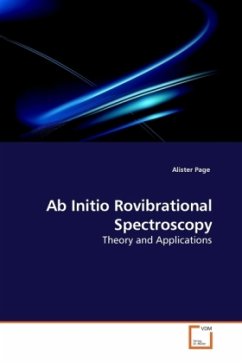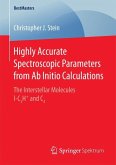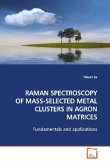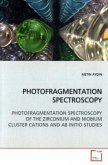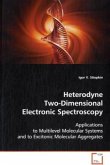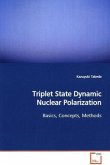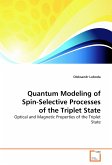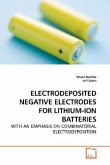Since the inception of quantum chemistry in the mid-20th century, the interplay between theory and experiment has continually advanced our knowledge of molecular structure, energetics and dynamics. This is certainly the case in the area of molecular spectroscopy, an area of fundamental importance to molecular and quantum physics. This monograph focuses on theoretical spectroscopy, that is, the simulation of molecular rovibrational spectra from first principles. Such simulation extends our knowledge of fundamental atomic and molecular interactions. In addition, it provides data that can assist the experimental detection of previously undiscovered molecular species. This is particularly the case with respect to the hydrides and helides of alkali and alkaline-earth metals, the electronic structures and rovibrational spectra of which are investigated here. Not only are these species of considerable astrophysical importance, their electronic structure and rovibrational spectroscopy sheds new light on the nature of the chemical bond itself.
Bitte wählen Sie Ihr Anliegen aus.
Rechnungen
Retourenschein anfordern
Bestellstatus
Storno

